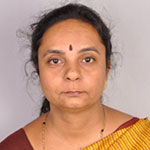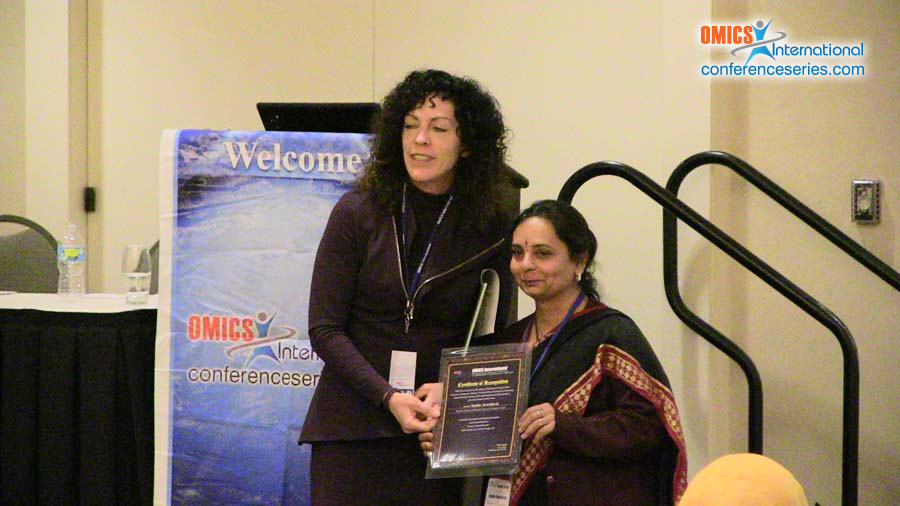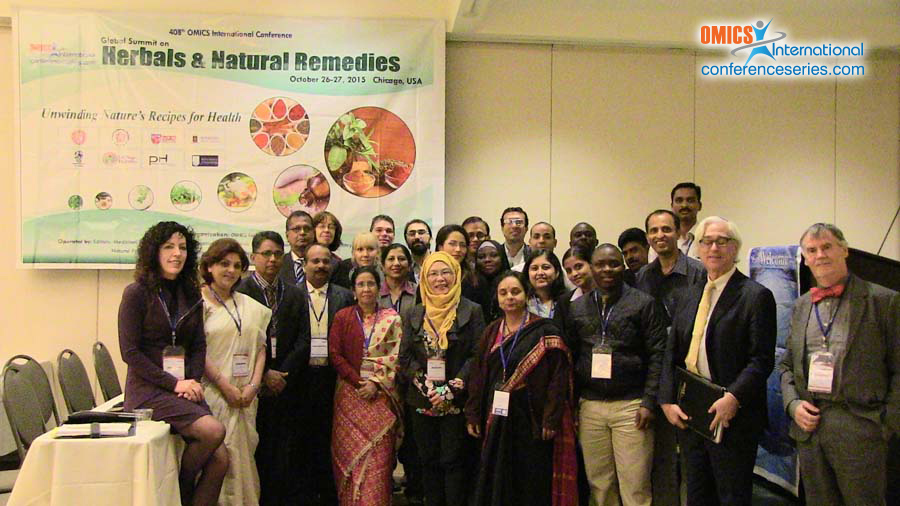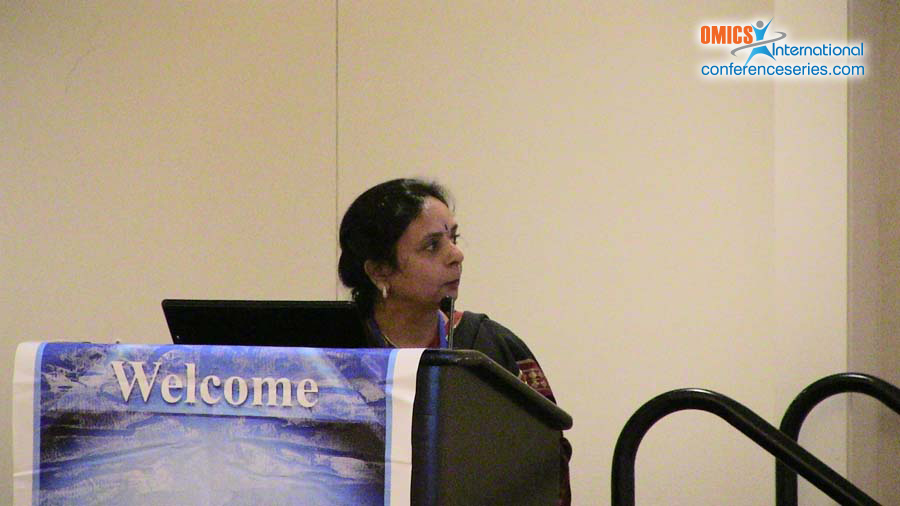
Sunita Amruthesh
Buddha Institute of Dental Sciences & Hospital, India
Title: Vedic dentistry: Its relevance in modern age
Biography
Biography: Sunita Amruthesh
Abstract
Chochrane’s collaborations’ definition of Complementary Alternative Medicine (CAM) is a broad domain of healing resources that encompasses all health systems, modalities and practices and their accompanying theories and beliefs other than those intrinsic to the politically dominant health system of a particular society or culture in a given historical period. One important such medicinal system is Ayurveda (Ayu-logevity and Veda-knowledge) which is an ancient multifaceted healthcare system being practiced in India for more than 5000 years. It is the holistic and systematic approach to total healthcare that can easily be integrated into current therapies of mainstream medicine; the potential benefits being great patient satisfaction and a decrease in national healthcare cost, addressing demands not met by orthodoxy especially the lack of consideration of the whole person. Ayurveda was discussed in all the 4 indigenous books of spiritual knowledge viz. Rig Veda, Sama Veda, Yajur Veda and more so in Atharva Veda. Health has been defined as “Samadosha Samagnischa Samadhatumalakriyaha Prasannathmendhya Manaha Swasthadhyabhidheeyate”. It deals with diagnosis, management and treatment based on balancing the equilibrium among all the components of health namely (1) Dosha {bodily humour, morbific diathesis}, (2) Agni {digestive fire}, (3) Dhatu {tissue}, (4) Mala {waste products}, (5) Prasanna Atma {soul}, (6) Indriya {sense organs} and (7) Manha {mind}. Other important concepts of Ayurveda are (i) Panchabhutas, (ii) Ama (unwanted, unripe byproducts of digestion & metabolism accumulating in the body at different levels acting as autotoxins &antigenic materials), (iii) Ojas (factor of immunity in terms of “Vyadhiksamatva” the natural or acquired biological powers of an individual protecting them from disease), (iv) Rasas {6 types of taste viz. madhura (sweet), amla (sour), lavana (salty), katu (pungent), tikta (bitter), kasaya (astringent)} on which the choice of drugs depends. The diagnosis, prevention and treatment of various diseases is by Dashavidha Pariksha (ten-fold examination), advocacy of lifestyle changes; use of medicines of plant, animal and mineral origin; the Panchkarma & Rasayana therapeutic procedures, etc. This presentation deals with the etio-pathogenesis, basic principles, managenement aspects of Ayurveda in general along with management of some dental diseases. The material medica describes the properties of the drugs essential to the maintenance of health and strength as having 5 properties: (1) Rasa, (2) Guna, (3) Virya, (4) Vipaka and (5) Prabhava, which lenses alone cannot reveal nor the body’s eyes after observation and experiment made upon rats and rabbits.



